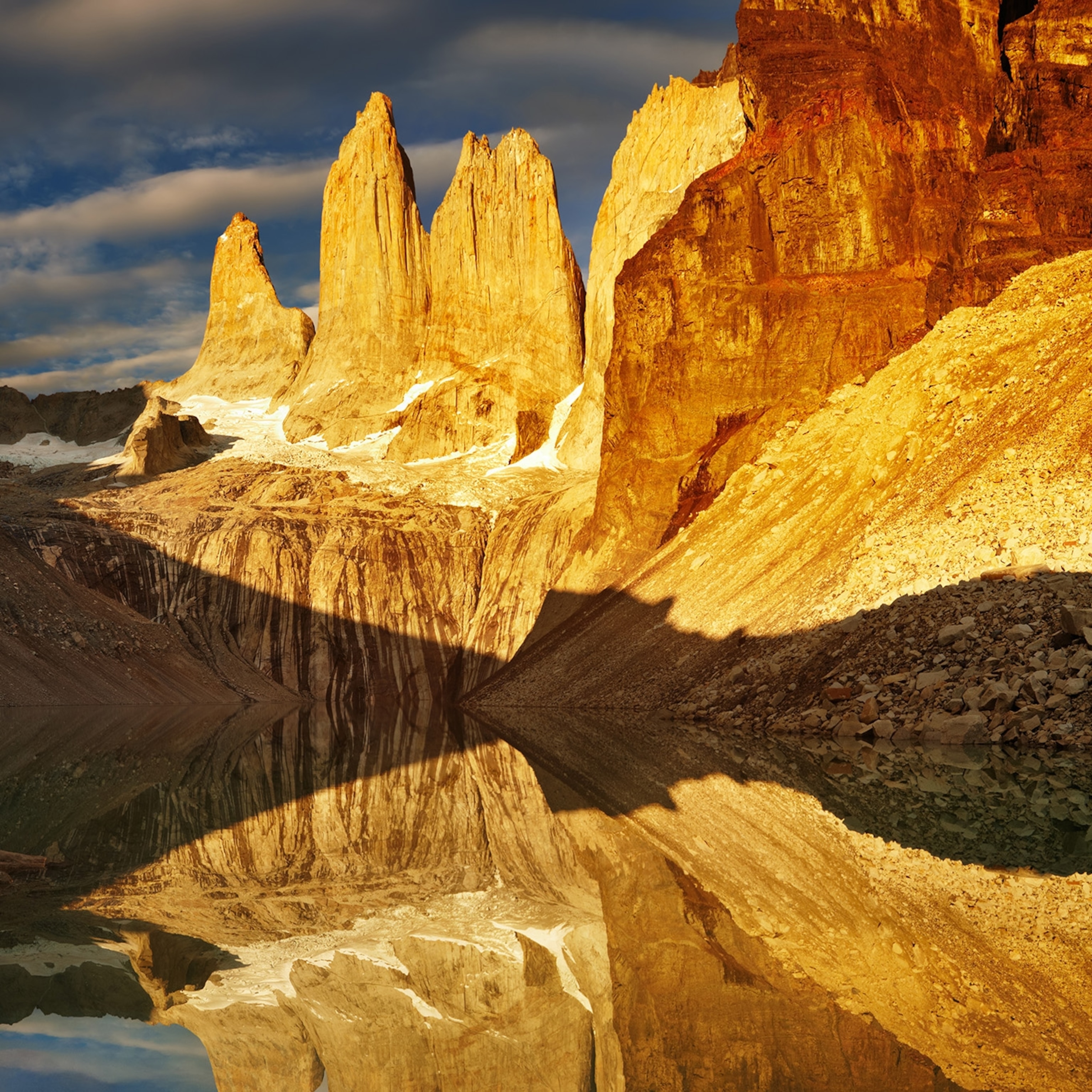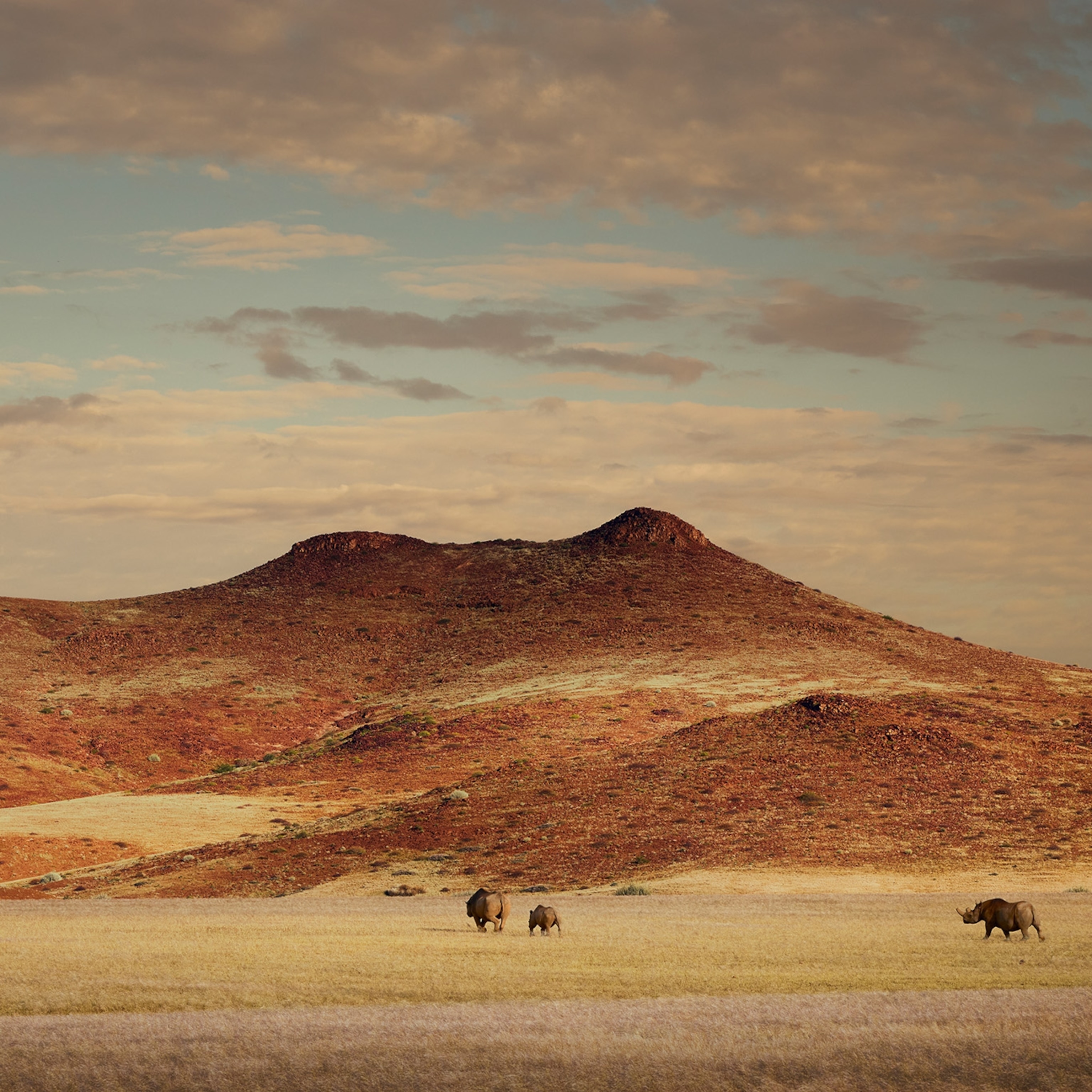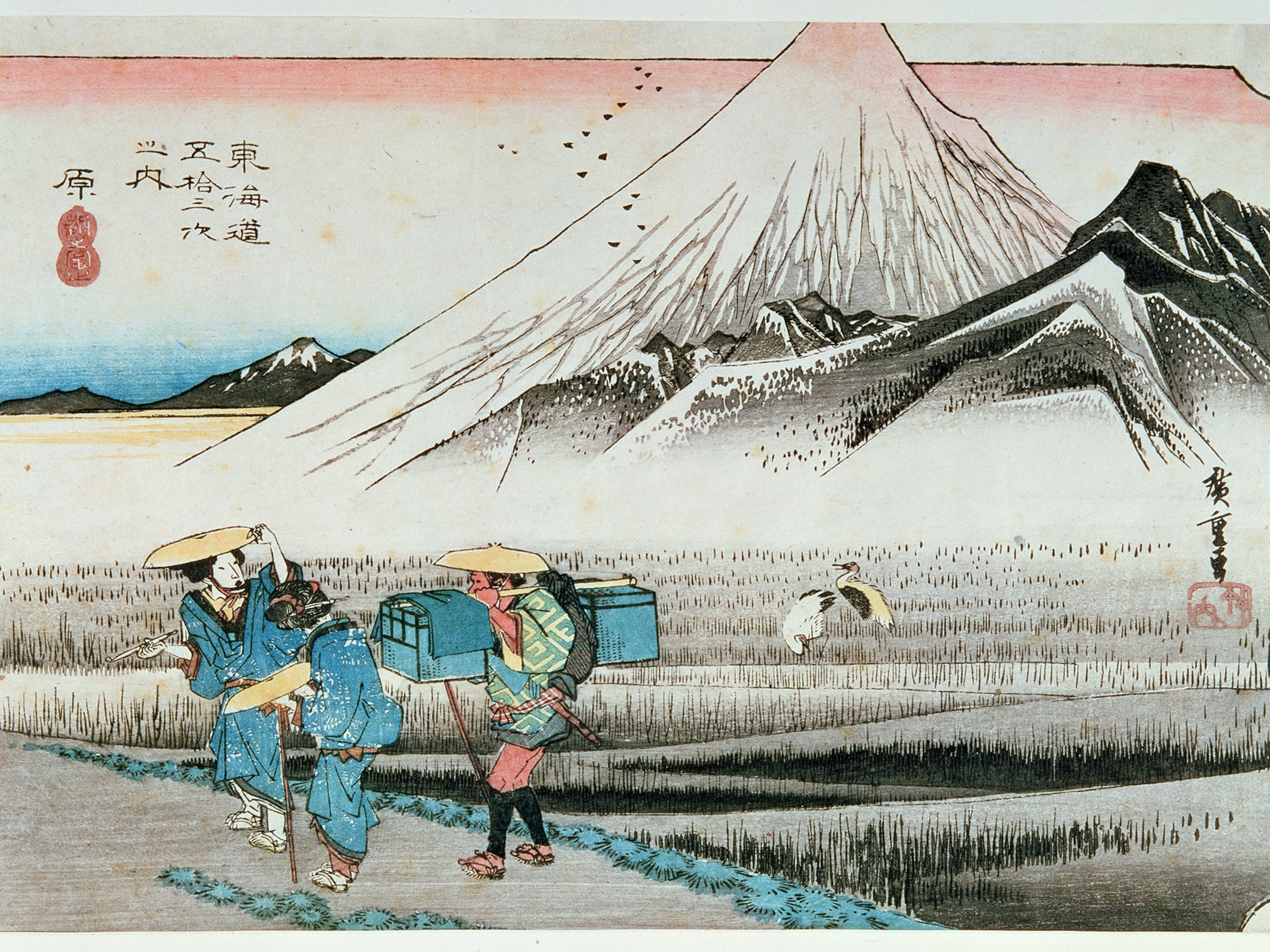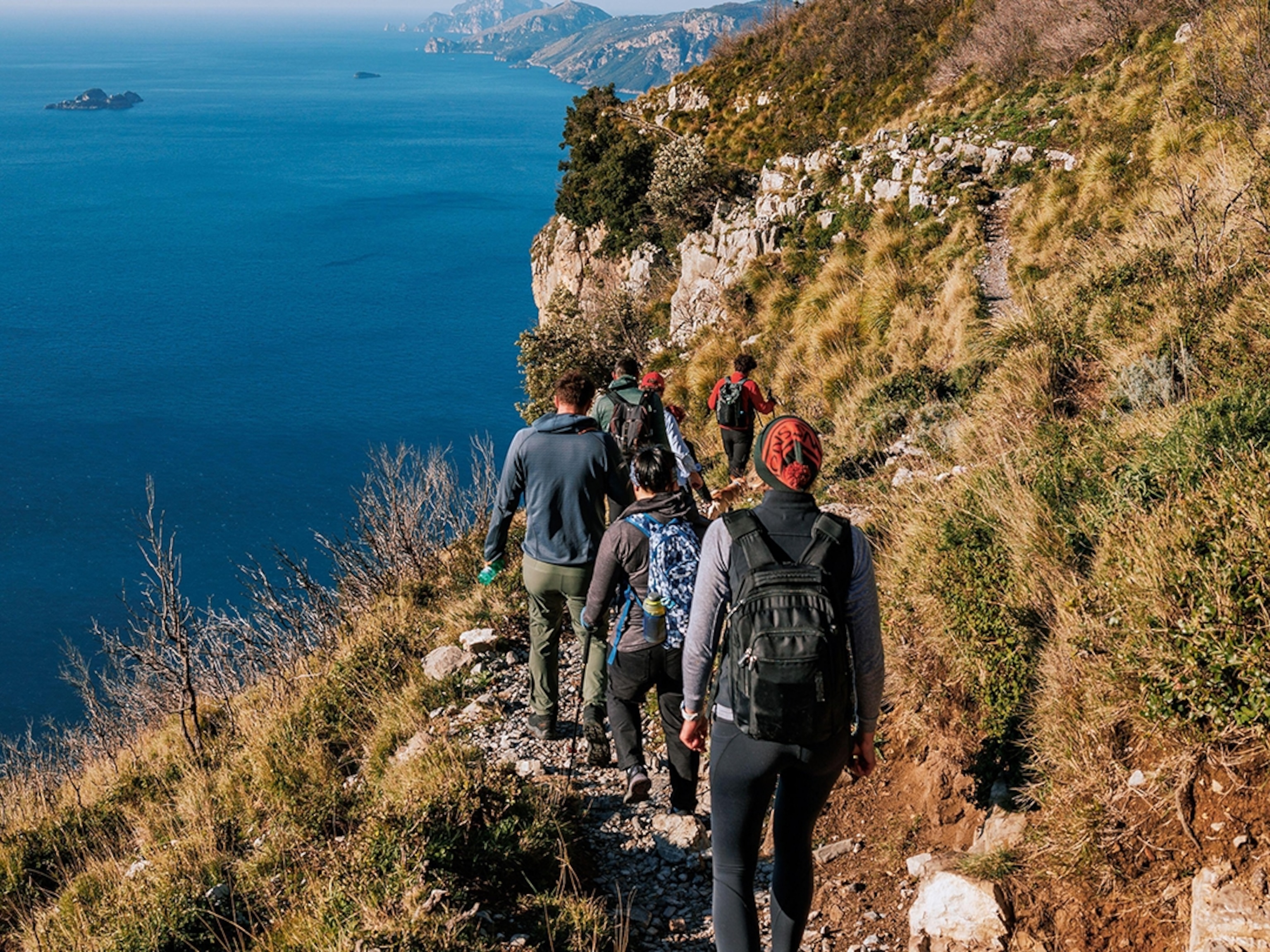What it's like to climb Tanzania's Mount Kilimanjaro
Kilimanjaro is a tantalising prospect: an enormous, continent-topping high that even ordinary hikers can reach once steeled to the task.

Terror and awe. That’s how I feel on first glimpsing Africa’s highest mountain. It fills the aircraft window, an incredible hulk of a thing. A brooding inevitability. It takes an age to fly past. Has my fear slowed time or is it really that big? When the massive massif is finally out of sight, it’s still all I can see in my head, all I can think about.
I’m flying into Tanzania’s Kilimanjaro Airport to climb that very peak, a 19,340ft behemoth that looms large from the sunburnt plains in both physicality and reputation. The world has taller mountains, but few that tempt so many. Because, despite its forbidding stature, Kili is a trekking peak, with no technical skills required to summit it. All you need is basic fitness and fortitude. “Most of all, have self-confidence,” advises Samuel Kusamba. “Believe you can get to the top and you will.”
Samuel introduces himself the night before my six-day trek and I happily surrender my fate to the wise, softly spoken man. Head guide of my group of 10 summit-hopefuls and leader of the 34-strong crew that will attempt to usher us onto the roof of Africa, he’s climbed Kili hundreds of times. I’m worried about the challenge ahead: the effort, the cold, the altitude, the state of the long-drop loos. But knowing Samuel is in charge makes it a little less scary. A little.
There are many paths up the mountain, of varying duration and popularity. We’re following the Machame Route — “my favourite, very beautiful,” Samuel says. It’s not looking its best as we set off from the Machame Gate, 5,905ft up on Kilimanjaro’s southwest flanks. Mists hang low and a downpour hammers the podocarpus trees, drenches the old man’s beard and churns the path to chocolate mousse. The ‘montane rainforest’ zone is living up to its name. None of this slows the porters, who dash past in flimsy shoes, loaded with gas canisters, trays of eggs and picnic tables.
I wonder what they think of all these foreigners traipsing pole pole (slowly, slowly) up their mountain. The local Chagga people revere Kilimanjaro: traditionally, their dead are buried facing towards it. For Tanzanians in general, it’s a symbol of nationhood. When the country gained independence from Britain in 1961, a torch was placed on Kili’s summit, and the very highest point was named Uhuru Peak, Swahili for ‘freedom’.
Whatever the porters’ thoughts, they have my eternal gratitude. After six soggy hours, it’s a pleasure to arrive at camp to find tents erected, water on the boil and a carb-heavy dinner on the go. This will be the rhythm for the ascent: wake, eat, walk, flop into camp, eat more, compare the states of our legs and lungs, take advice from Samuel.
While the pattern stays the same, the mountain changes. As we climb steadily higher, the trees become shorter and sparser, replaced by stunted heathers, bright gladioli, tenacious everlastings and, eventually, the cabbage- and phallic-shaped lobelia that cover Kili’s heathlands like characters from Dr Seuss. The view changes, too: by the time we reach the dusty Shira Plateau — now at a breathy 12,600ft — the clouds are a duvet below. Mount Meru’s cone noses through in the distance, while Kili’s summit is revealed; I watch its snows glisten in the sunset alpenglow, then under a legion of stars.
We’re high now, above all but the pluckiest plants, in a world of lunar-like rock and thin air. We’re also high on communal endeavour. Inhibitions left below, together we’re the proudly unwashed, shamelessly discussing pee and flatulence — both good indicators of altitude acclimatisation. Still, as we progress over the days, via the gnarly Lava Tower, the boulders and lobelia of the Barranco Valley and up the formidable, sheer-faced Barranco Wall, we have only one thing on our minds: will we make it?
Summit night is, says Samuel, with gentle understatement, “not a good night”. We camp at a lung-squeezing 15,100ft, retire at 6.30pm and are ‘woken’ pre-midnight — not that I sleep a wink — to start our final push. It’s bitterly cold. I’m wearing so many layers, I’m less hiker, more Stay-Puft Marshmallow Man. All that can be seen ahead are torches meandering into the darkness and the heels of the hiker in front. It’s painfully slow and excruciatingly dull. I try to play games in my head, but my brain is sludge. At some point I think: this is never going to end.
And, then, it does. After hours of trudging up rock and scree, we break onto the crater rim. From here, Samuel says, it’s an ‘easy’ stroll to Uhuru Peak. And now the light is seeping in, sparkling off the icefields, reviving spirits. One last effort and there we are, hugging the summit sign like it’s a long-lost relative. The sun explodes on the horizon with a Hollywood flourish, just to add to the euphoria. I’m filthy, head-sore, breathless and frazzled. I’m on top of the world.
How to do it
To subscribe to National Geographic Traveller (UK) magazine click here. (Available in select countries only).







